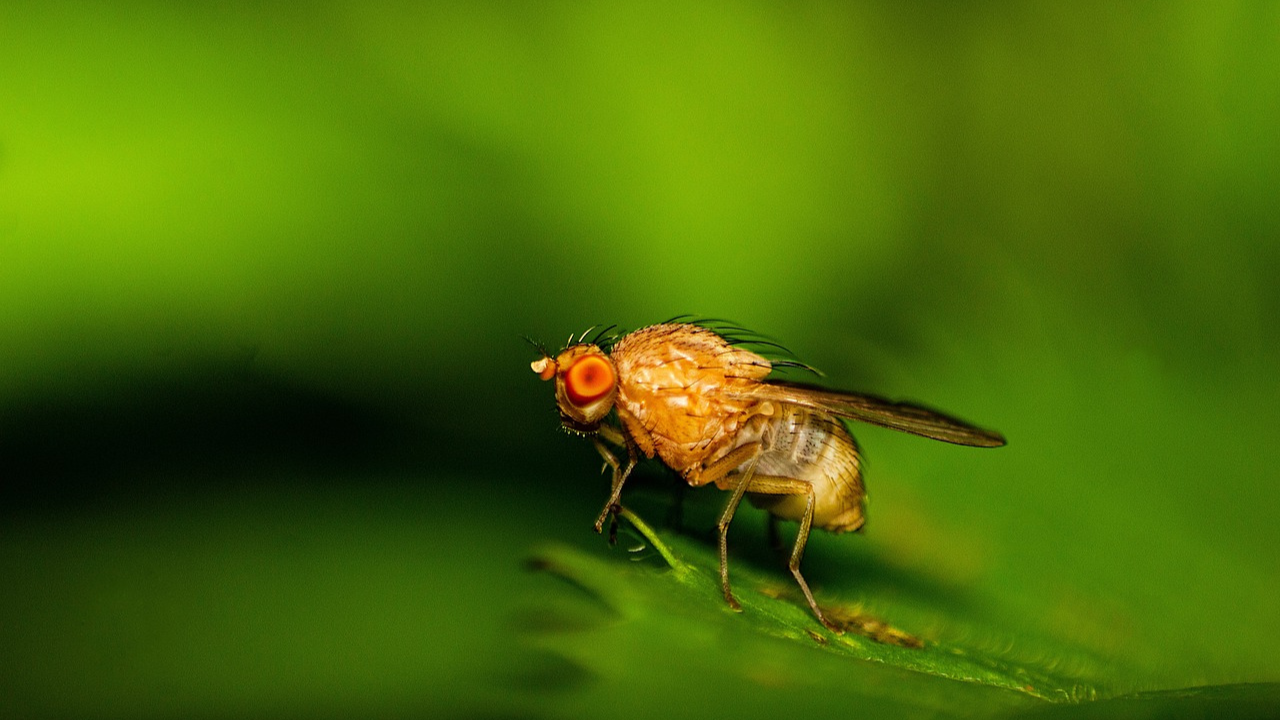
Vocabulary:
- neurobiological /NYUOR-row-bahy-uh-LOJ-i-kuhl/
- insight /IN-sahyt/
- principle /PRIN-suh-puhl/
- perception /per-SEP-shuhn/
- circuit /SUR-kit/
[adjective] – relating to the scientific study of the nervous system, its structure, how it works, and its biochemistry
The neurobiological effects of stress on the human body are still being studied by scientists.
[noun] – (the ability to have) a clear, deep, and sometimes sudden understanding of a complicated problem or situation
The teacher provided valuable insights that helped the students grasp the complex topic.
[noun] – a basic idea or rule that explains or controls how something happens or works
The principle of supply and demand is fundamental in economics.
[noun] – the way in which something is regarded, understood, or interpreted
Her perception of the situation changed after she received more information.
[noun] – a system of pathways that electrical signals travel through
The brain has circuits that help control movement.
Article reading:
The researchers created a wiring diagram called a connectome for the fruit fly’s brain. Previous studies focused on simpler organisms like the worm Caenorhabditis elegans and the larval stage of the fruit fly. However, studying the adult fruit fly offers more complex behaviors due to its advanced brain structure. According to Mala Murthy, a Princeton neuroscientist and research co-leader, this research aims to reveal how the arrangement of neurons and their connections influence animal behavior. The mapping of the fly’s brain also provided insights into various behaviors, including walking, taste processing, and visual perception. One study analyzed the circuits related to walking and discovered how flies stop moving, while another examined their taste network and grooming circuits. This extensive project was conducted by an international group of scientists known as the FlyWire Consortium, showcasing the collaboration and innovation present in contemporary neurobiological research.
Discussion Questions:
- Have you ever conducted research or participated in a science project? If so, what was the topic, and what did you learn from it? If not, what topic would you be interested in researching, and why?
- Have you ever observed the behavior of animals or insects closely? If so, what behaviors did you find interesting, and what did you learn from observing them? If not, if you could observe any animal or insect, which one would it be, and what would you want to learn?
- Do you agree that studying simpler organisms like fruit flies can help us understand more complex brains, like humans’?
- How do you think mapping the fruit fly’s brain could change our understanding of human brain diseases?
- What ethical concerns should scientists think about when they study the brains of animals?
Summarization
Describe:
- species
- organism
- brain cell
- neuroscientist
- collaboration